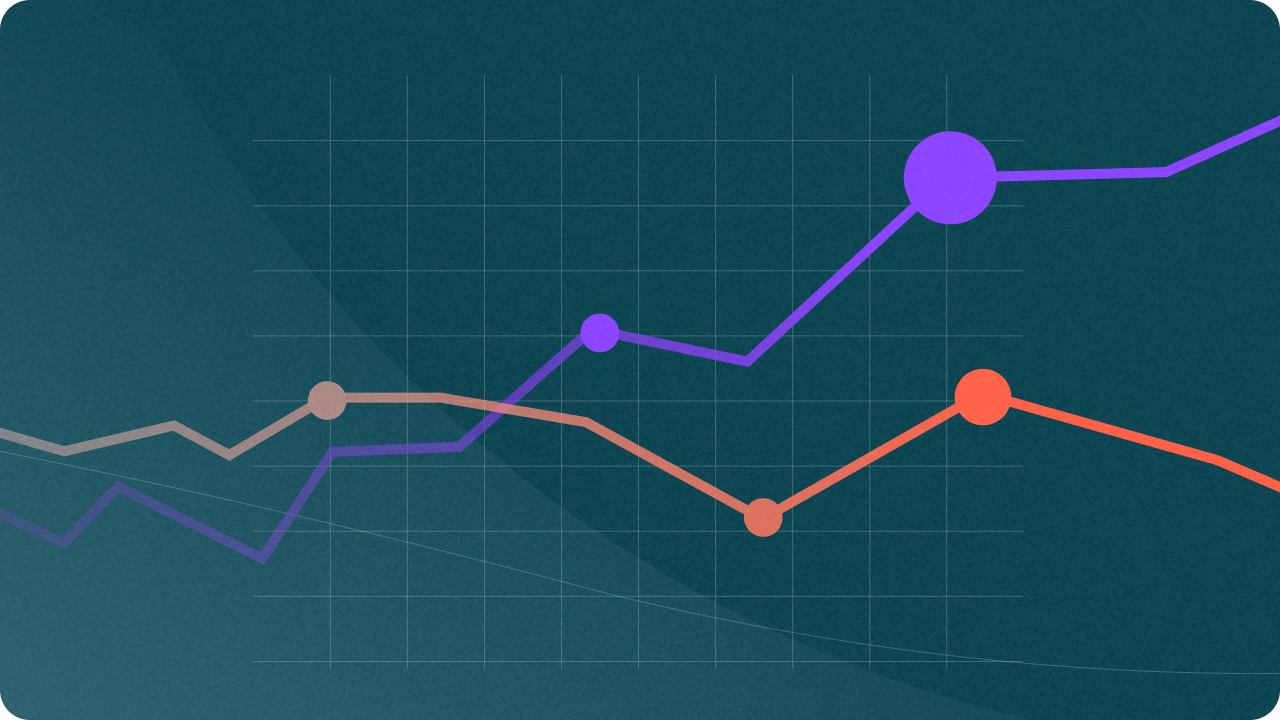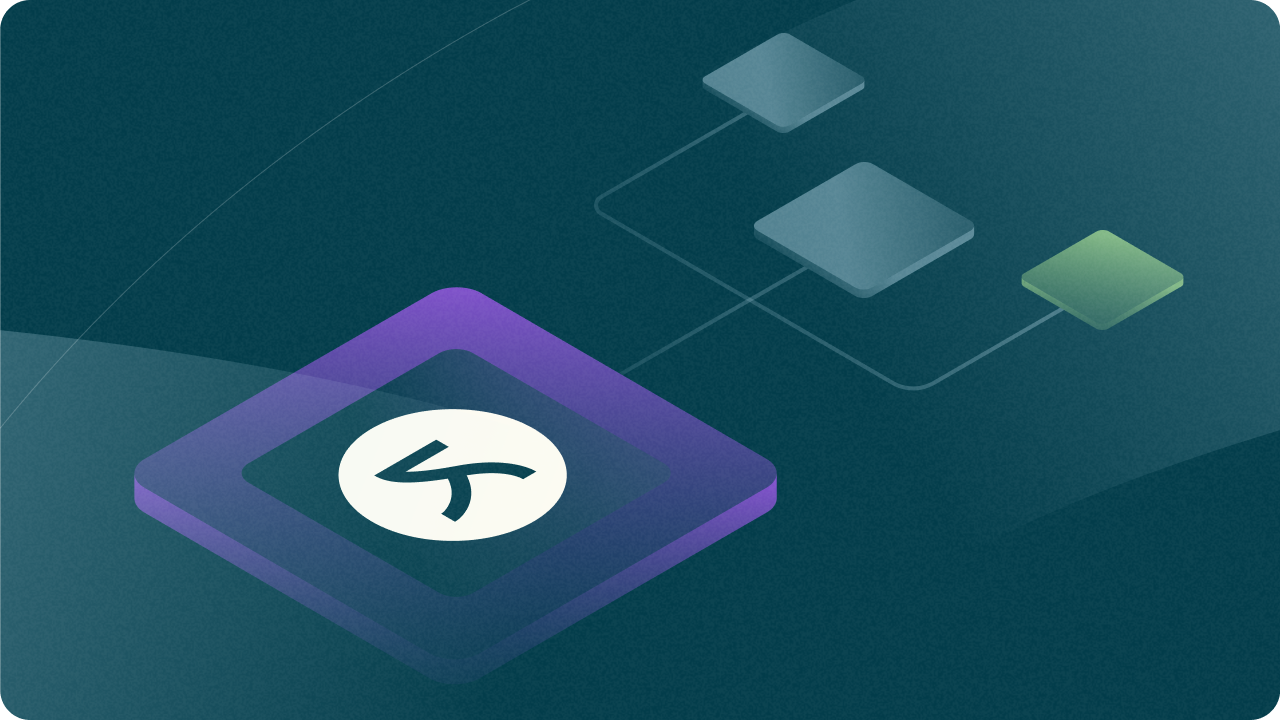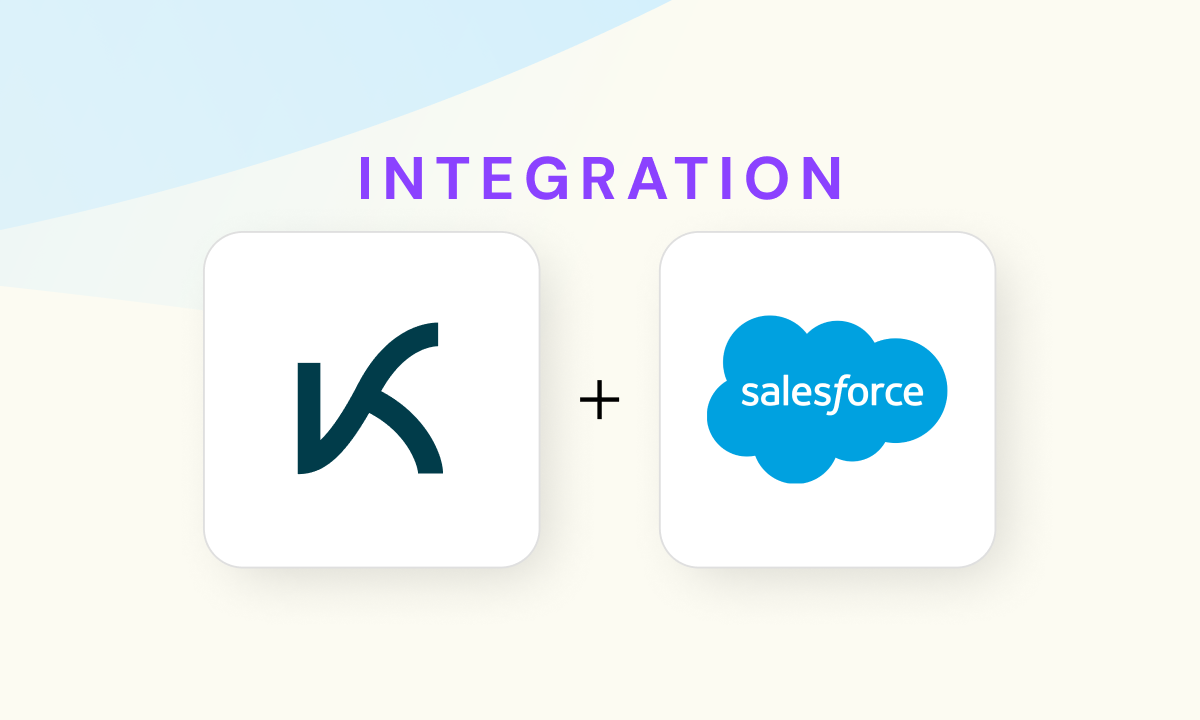
What is generative AI and how does it differ from robotic process automation?
In summary, generative AI and robotic process automation (RPA) are two distinct forms of automation that offer businesses the opportunity to automate processes more quickly and efficiently. Generative AI is more flexible, adaptive, and creative than RPA and can be used in scenarios where RPA would not be able to make decisions. Companies should assess their needs carefully before deciding which type of solution would best suit their requirements for automated business processes.
The benefits of replacing RPA with generative AI automation
The advantages of generative AI automation over robotic process automation (RPA) are undeniable. Generative AI is far more adaptable and accurate than RPA, allowing for rapid training and evolution in dynamic environments. Furthermore, this type of automation can be deployed on an enterprise-wide basis, reducing costs associated with manual labor. Generative AI also offers faster deployment times than traditional methods, as programming or manual input is not required. It allows businesses to reap the rewards of automation sooner rather than later.
Along with these time-saving and cost-efficient benefits, generative AI also provides access to previously hidden insights from data patterns that may go unnoticed by humans or other automated solutions such as RPA. It makes it a powerful tool for decision making and fraud detection, among many other applications.
In summary, the advantages of generative AI over RPA are numerous: better accuracy and adaptability; quicker deployment; reduced costs; and greater insight into previously unseen data patterns. Businesses should carefully consider their needs before deciding which type of automation solution is best suited for them – but when it comes to speed, accuracy, cost-efficiency, and access to new insights – generative AI is hard to beat!
Adaptability: Generative AI’s ability to learn and evolve
Generative AI stands out as a cutting-edge form of automation that can help businesses stay ahead of the curve. By leveraging its powerful learning and evolving capabilities, organizations can take advantage of cost savings while optimizing their processes more effectively than ever before. With reinforcement learning techniques such as Proximal Policy Optimization (PPO), generative AI algorithms can adjust to changing circumstances and quickly adapt when needed. It means that businesses can create custom solutions tailored specifically for their needs without needing to conduct a complete overhaul. Furthermore, the system is capable of analyzing large amounts of data quickly, which allows it to uncover new opportunities and insights that would have otherwise been missed. As such, generative AI is the key to unlocking increased efficiency in the workplace and giving companies an edge over their competitors in today’s digital world.
How to make the transition from RPA to generative AI smoothly
Making the transition from robotic process automation (RPA) to generative AI can be a complex and daunting prospect. However, with careful planning, organizations can ensure a smooth transition while reaping the full benefits of this powerful technology. Here are some tips for making the transition to generative AI as seamless and successful as possible:
1. Identify processes and tasks that are ripe for automation
The first step in transitioning from RPA to generative AI is to identify processes and tasks that are suitable for automation. Organizations should take an inventory of their current business processes and analyze which ones have the highest potential for improvement through automation. It will help them determine which areas they should focus on first when implementing a generative AI solution.
2. Evaluate potential solutions
Once you’ve identified areas where generative AI could offer improvements, it’s important to evaluate potential solutions carefully before making any final decisions. Researching different types of solutions available, understanding pricing models, and talking with product experts can help organizations make sure they choose the best option for their needs.
3. Map out a timeline for transitioning from RPA to generative AI
Organizations need to create a roadmap for successfully transitioning from RPA to Generative AI, taking into account how long each step in the process might take and allowing enough time for adequate training of employees on the new systems before implementation begins. Establishing specific timelines will help keep everyone on track and ensure that all deadlines are met so that the organization can start achieving its goals as soon as possible after implementation is complete.
4. Develop a plan for training employees
Developing a plan for training employees on new systems is essential when transitioning from RPA to Generative AI – especially if employees with existing knowledge about robotics automation need to learn new skills or technologies associated with generative artificial intelligence systems.. Organizations should include all relevant stakeholders in employee training sessions by providing clear explanations of what changes are being made, why those changes are necessary, what impact they will have on day-to-day operations, and how best practices must be followed going forward to get the most out of new systems.
5 Monitor performance closely after implementation
Last but not least, organizations should monitor performance closely after implementing generative AI solutions in order to determine if adjustments need to be made or additional features added over time in order to optimize results even further. By taking proactive steps such as tracking KPIs, running experiments, monitoring customer feedback, and regularly reviewing system performance data, companies can ensure that any issues arising during implementation or use can quickly be addressed.
Where to get started with generative AI for automation
Taking the first steps towards incorporating generative AI into business processes can seem daunting. However, understanding the core principles of this technology and exploring its various use cases can help organizations identify which type best suits their needs. After that, they should consult a product expert to determine which platform or tool will be most suitable for their particular requirements. By taking these measures, businesses can make sure they get the most out of this powerful technology and benefit from all of its advantages as they automate their processes with generative AI.
Want to Unlock the Power of Generative AI for Your Business Today?
Book a demo now.

Discover the Power of Kognitos
Our clients achieved:
- 75%manual data entry eliminated
- 30 hourssaved on invoicing per week
- 2 millionreceipts analyzed per year



